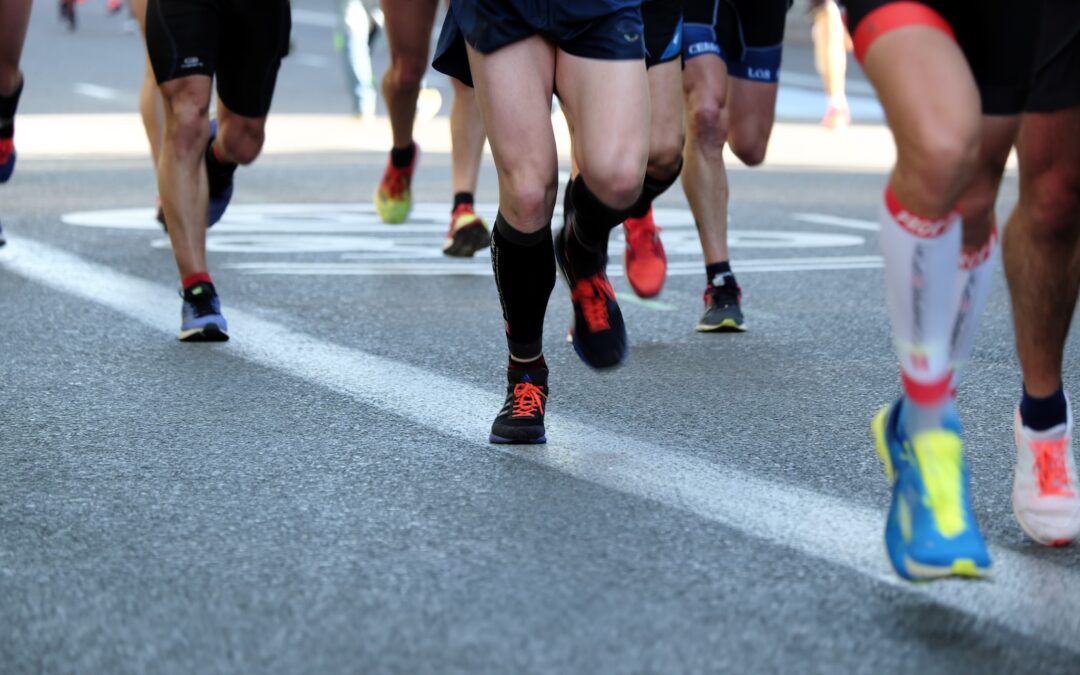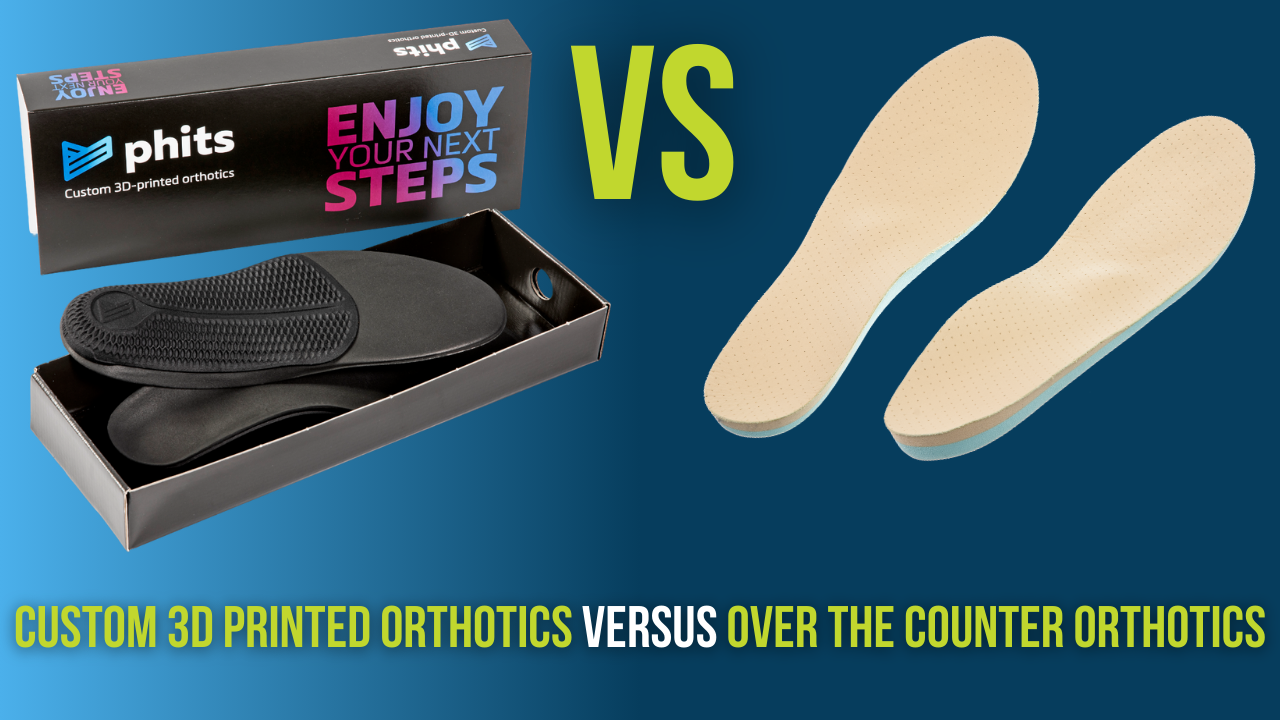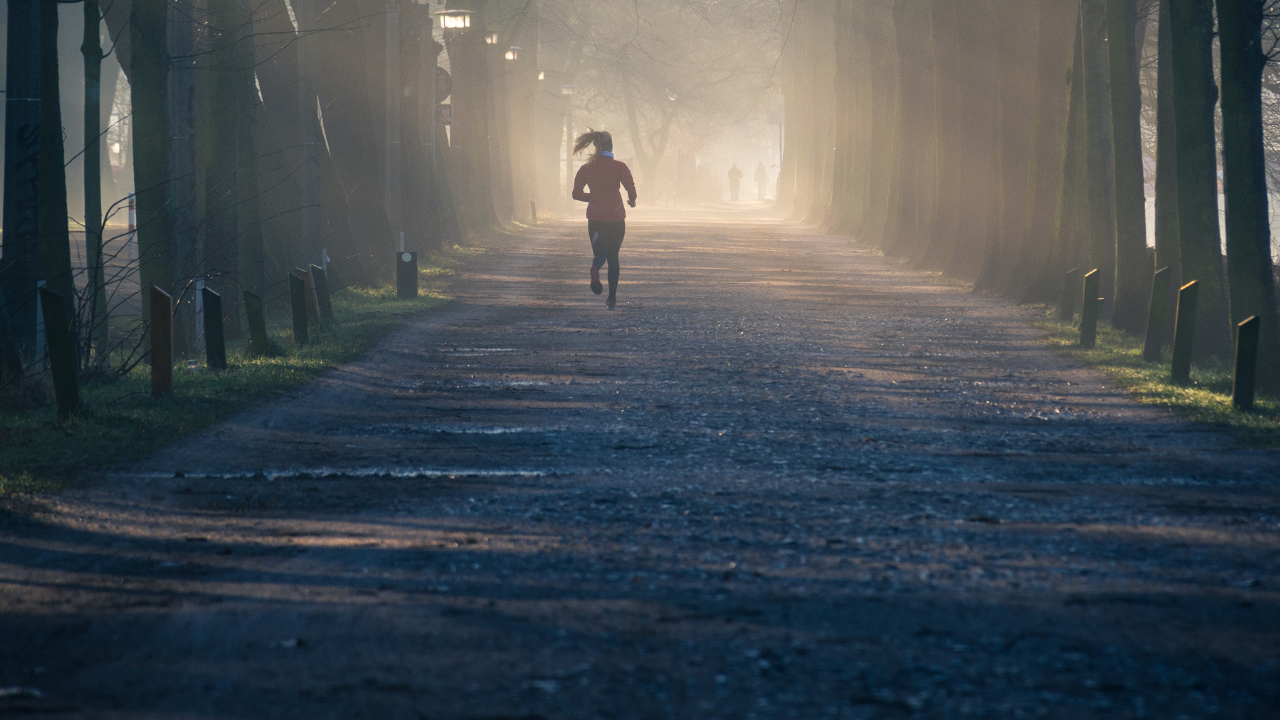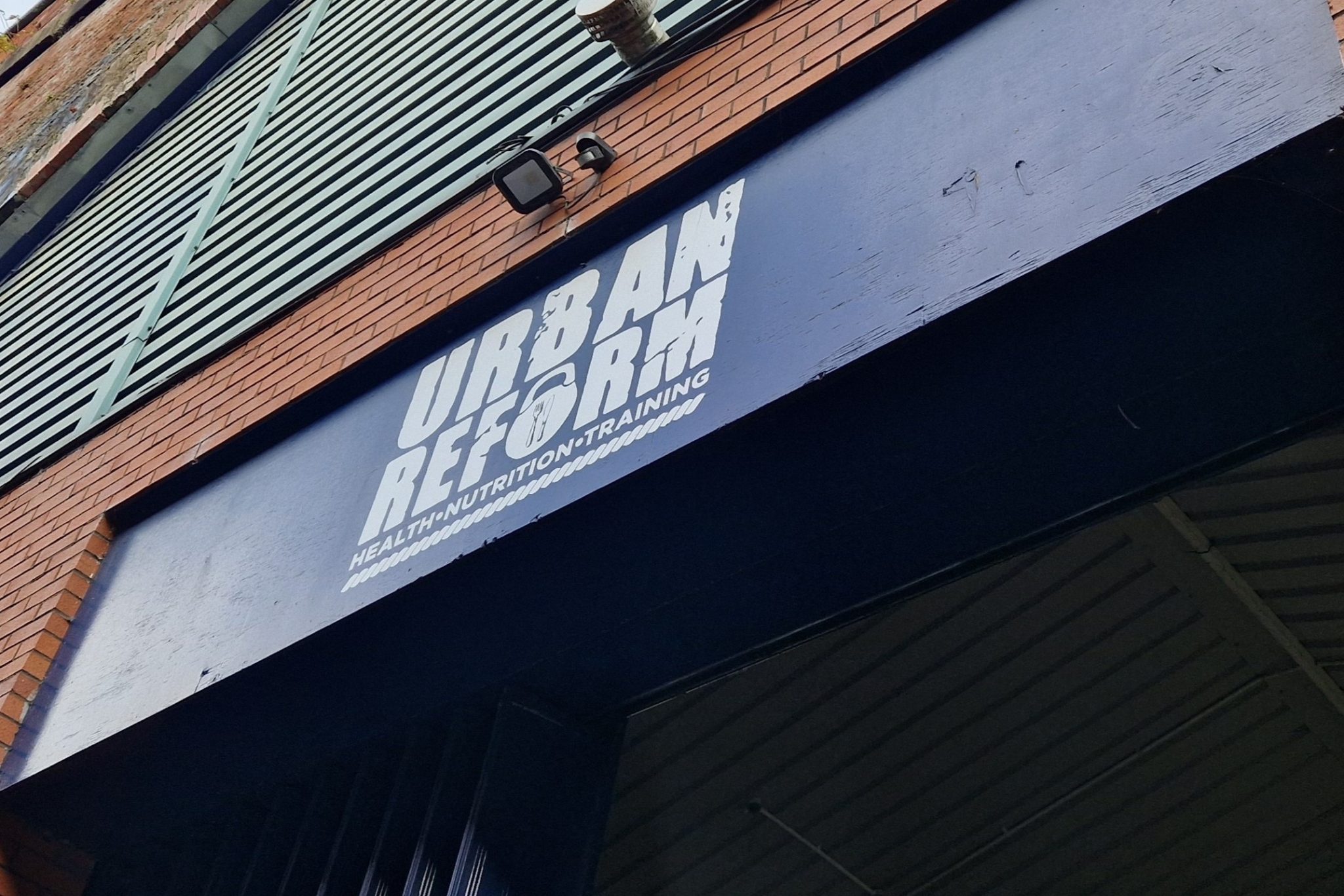Do you have runner's knee? Here are 4 free tips!
It's difficult to know what you should and shouldn't do when you runner's knee. If you're a keen runner, this can be a big cause of frustration. Here's some advice on how to manage runner's knee.

If you’re a runner, lacing up your shoes and getting out in the great outdoors can be a big part of your identity. It can be an opportunity to start the day on a high, mentally reset, or leave the stresses of the day behind. That’s before we even start to mention the plethora of physical health benefits it can offer!
We understand how important running can be for our clients. When Runner’s Knee starts to interfere with your routine, it can be stressful and frustrating. You’re determined to keep going, but don’t want to make things worse and set yourself back.
If this sounds like you, we’re here to help out! In this article we offer 4 tips to help you manage Runner’s Knee and keep you active.
As always, it’s important to know what you’re dealing with, so getting the opinion of a healthcare professional can be helpful. In the meantime, give these things a try and see if it helps with your knee pain when running!
1) Find your 'threshold'
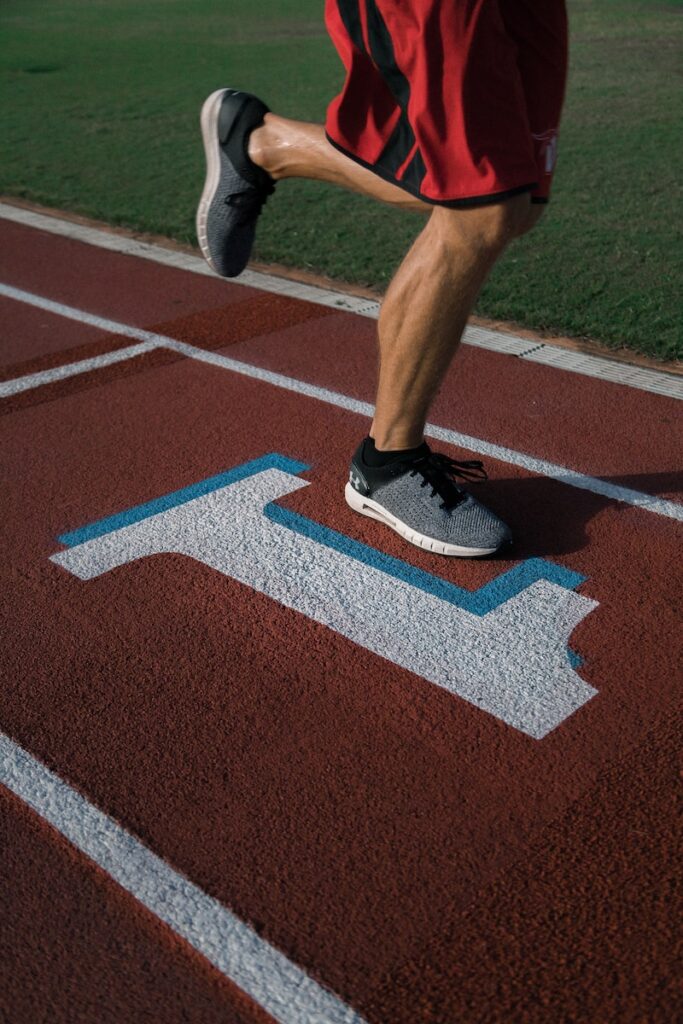
It’s a common concern that experiencing knee pain when running will make your injury worse. However, this quite often isn’t the case. Injuries respond differently to exercise: some start out uncomfortable and warm up, whereas others may worsen as time goes on.
Gaining an understanding of how your knee responds to exercise is an important part of the management process. If symptoms are manageable during the run, and settle within 1-2 hours after exercise, there’s a good chance that you can keep training at that level.
Finding this ‘threshold’ point, where symptoms are manageable and recover quickly, usually requires some trial and error. We’d suggest that you start off small to avoid irritating your knee, and build up slowly. It might mean you can’t run as far as you’d like to, but it means that you can keep training whilst things settle.
2) Experiment with pace
Another variable that we can adjust if you’re getting knee pain when running is speed. In general, quicker paces increase the load on your body. To use an example, Tendon problems are more likely to be aggravated by running quicker, because their job is often to store and release energy like a spring: more energy means more work. In this case, running slower than normal might mean you can train for slightly longer.
However, there are caveats. When you run faster, running technique changes, which alters the way our joints move together. In some cases, this change in technique from the norm can modify your symptoms.
As with running distance, there’s going to be some trial and error required. This is where speaking to a healthcare professional can be helpful, as they may be able to advise you as to how your injury might respond.
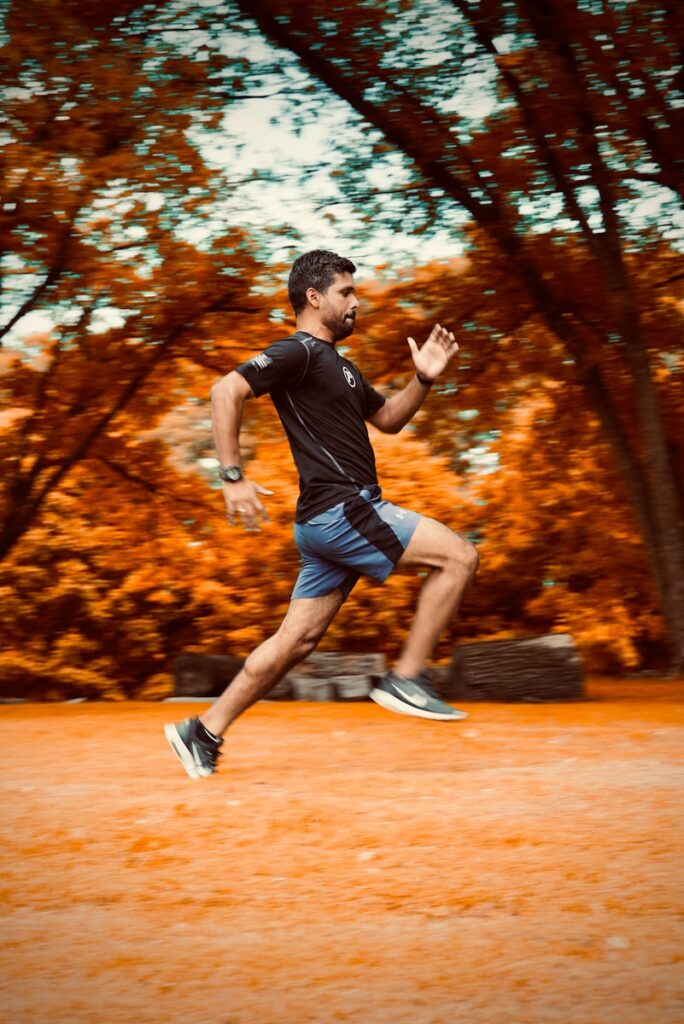
3) Plan your route

By this point, we should have some useful information about how your knee responds to running. Through the trial and error processes of Tips 1 and 2, you might already have an idea of how different routes, surfaces and gradients affect your symptoms. You can use this to plan routes in advance that you have more confidence in, improving the quality of your training.
If not, a general rule of thumb is that knee loading is higher when running downhill (whereas hips work harder going uphill). If this is the case for you, there are several approaches that we can take.
We can start with flatter routes, which may allow you to run further before you reach that ‘threshold’ that we discussed earlier. If you can’t avoid hills (we have that geographical challenge around our Chorley clinic), you could try running the uphill sections and walking the downhills. Having a plan can increase your chances of success.
4) Modify technique
As we touched on in Tip 2, our mechanics change as we run at different paces. One of the advantages that usually comes hand-in-hand with quicker speeds is that our step rate, or ‘cadence’, increases. A slight increase in step rate has been shown to reduce forces at the knee, as well as making technique slightly more efficient.
For this reason, it’s possible that increasing your step rate slightly could modify your symptoms. There doesn’t appear to be a specific number that you need to aim for, and everyone will be different. However, making a conscious effort to run with a quicker step rate for periods during your run could help.
It worth mentioning that technique changes don’t come easy, and it’s important that you don’t end up just running quicker in an attempt to take shorter steps. We advise experimenting with step rate for short bursts during your run, whilst maintaining the same speed.
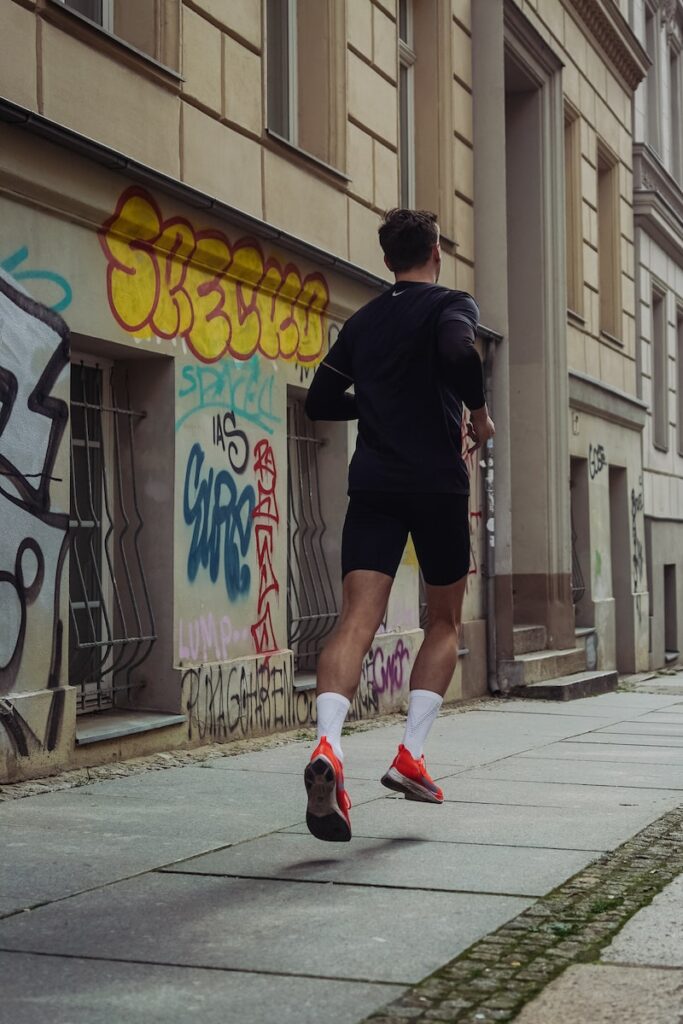
We hope that you’ve found the tips in this article useful! We work with a lot of runners and we’re passionate about keeping you doing the things that you enjoy! Thanks for reading.
If you’re struggling with an injury that’s stopping you getting back into exercise, call us on 0800 731 2738 or book online here.
If you need some help designing a program that will keep you exercising, get in touch at https://www.summitphysio.co.uk. We also offer Strength and Conditioning services, including bespoke training plans and 1 on 1 coaching.
For more free tips and information, make sure to follow our Facebook and Instagram pages. We also post client stories, so you can see how we’ve helped people get back to doing the things they enjoy!
